The Secrets of Ancient Egypt's Afterlife Beliefs
Ancient Egypt's afterlife beliefs have long captivated the imagination of people worldwide, offering a glimpse into a mysterious realm beyond death. The Egyptians held a profound belief in the continuity of life after death, with elaborate rituals and practices designed to ensure a successful journey to the afterlife. Central to their beliefs was the concept of the soul, which they believed possessed a dual nature represented by the Ka and the Ba. The Ka was seen as the life force, while the Ba embodied the individual's personality, both essential for the afterlife journey.
One of the most intriguing aspects of ancient Egyptian afterlife beliefs is the Book of the Dead, a collection of spells and prayers intended to guide the deceased through the perilous underworld. This sacred text was believed to provide the necessary knowledge and protection for a smooth transition into the afterlife, ensuring the individual's eternal well-being.
The meticulous process of mummification played a crucial role in preserving the body for the afterlife journey. This elaborate procedure involved the removal of organs, the application of preserving agents, and the wrapping of the body in linen bandages. The Egyptians believed that mummification was essential to safeguard the deceased's physical form for the eventual reunion of the soul and body in the afterlife.
At the heart of the afterlife beliefs was the god Osiris, who served as the judge of the dead and the ruler of the underworld. According to Egyptian mythology, Osiris weighed the hearts of the deceased against the feather of Ma'at, the goddess of truth and justice, to determine their worthiness for eternal life. This judgment was based on the individual's actions and adherence to moral principles during their earthly existence.
The construction of pyramids and tombs served as eternal resting places for pharaohs and nobles, filled with treasures and provisions for the afterlife journey. These monumental structures were believed to ensure the deceased's comfort and sustenance in the next life, reflecting the Egyptians' reverence for the continuity of existence beyond death.
Offerings and rituals performed by the living played a vital role in honoring and sustaining the spirits of the deceased in the afterlife. Through elaborate ceremonies and symbolic gestures, the living sought to maintain a connection with their ancestors and ensure their continued well-being and happiness in the realm of the dead.
The intricate funerary art found in ancient Egyptian tombs provides valuable insights into their afterlife beliefs and customs. These artistic representations depict scenes of the afterlife journey, mythical beings, and symbolic imagery that shed light on the Egyptians' profound spiritual beliefs and their views on the nature of existence beyond the physical realm.
The enduring legacy of ancient Egypt's afterlife beliefs continues to influence art, religion, and culture to this day. The fascination with the mysteries of the afterlife, the elaborate funerary practices, and the profound spiritual beliefs of the ancient Egyptians serve as a testament to the enduring power of their civilization and the timeless allure of their rich cultural heritage.
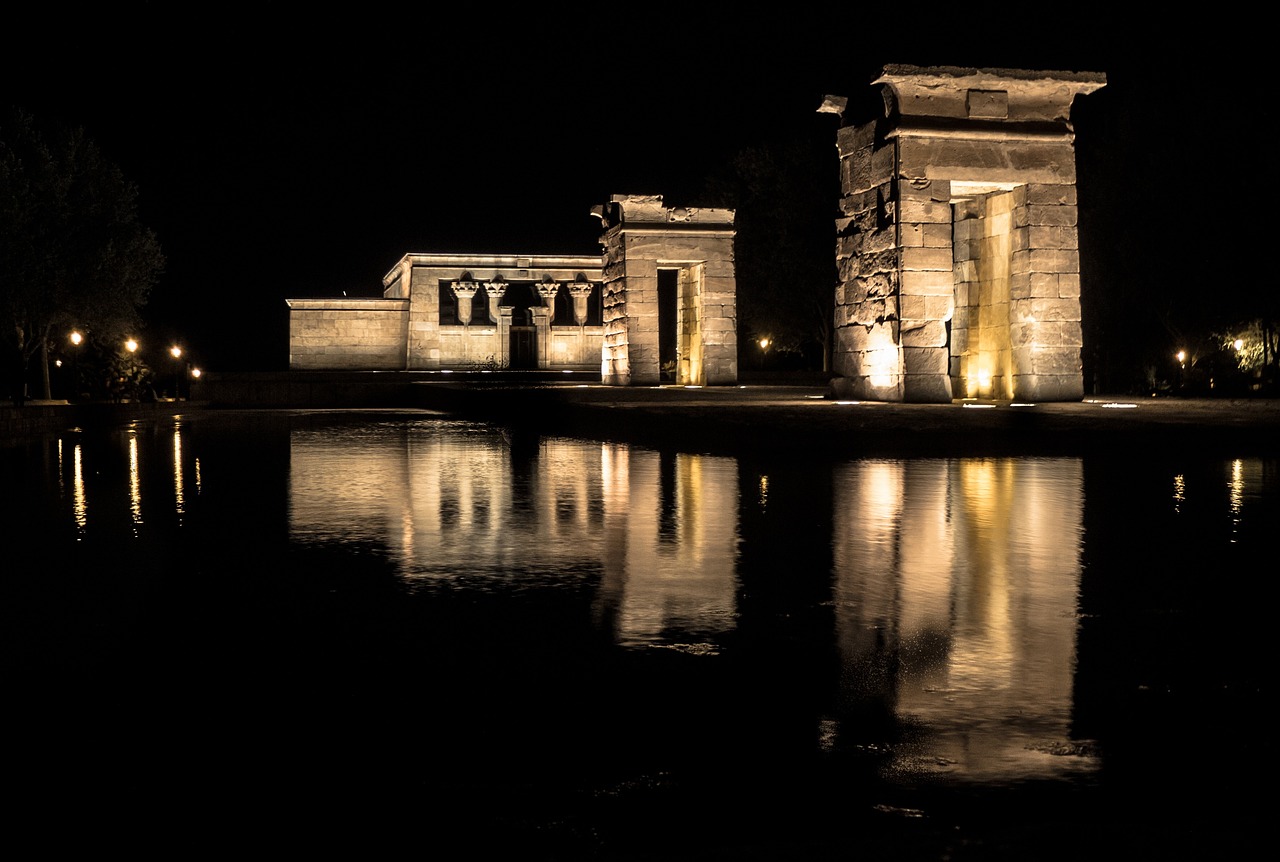
The Concept of Ka and Ba
Exploring the fascinating beliefs and rituals surrounding the afterlife in ancient Egypt, shedding light on the mysteries of mummification, burial practices, and the journey of the soul in the underworld.
Understanding the Egyptian belief in the dual nature of the soul, where the Ka represents the life force and the Ba the personality, essential for the afterlife journey. The Ka was believed to be a spiritual double that remained in the tomb, while the Ba could travel between the underworld and the living world. This concept emphasized the importance of preserving both aspects for a successful transition to the afterlife.
Unveiling the significance of the Book of the Dead, a collection of spells and prayers guiding the deceased through the underworld, ensuring a successful transition to the afterlife.
Detailing the elaborate process of mummification, from the removal of organs to the wrapping of the body in linen, preserving the deceased for the journey to the afterlife.
Exploring the role of Osiris, the god of the afterlife and judge of the dead, in determining the fate of the deceased based on their actions in life.
Examining the significance of pyramids and tombs as eternal resting places for the pharaohs and nobles, filled with treasures and necessities for the afterlife.
Discussing the importance of offerings and rituals performed by the living to honor and sustain the spirits of the deceased in the afterlife, ensuring their well-being and happiness.
Analyzing the intricate funerary art and symbolism in ancient Egyptian tombs, depicting scenes of the afterlife journey and providing insights into their beliefs and customs.
Reflecting on the enduring legacy of ancient Egypt's afterlife beliefs, their influence on art, religion, and culture, and their continued fascination in modern times.
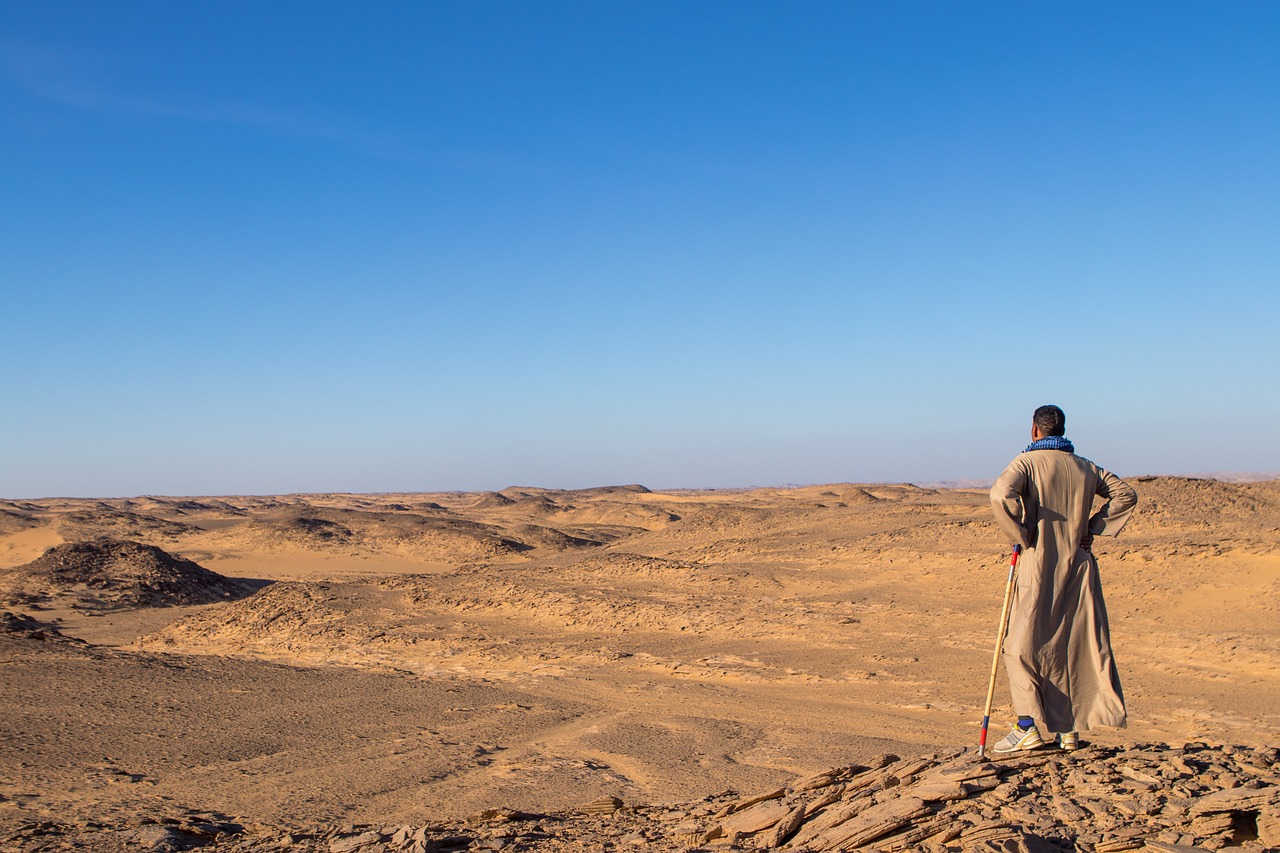
Book of the Dead
The holds a central place in the ancient Egyptian beliefs surrounding the afterlife. This collection of spells and prayers served as a guide for the deceased on their journey through the underworld, ensuring a successful transition to the afterlife. The texts inscribed in these scrolls were intended to help the soul navigate the challenges and obstacles it would encounter in the realm of the dead. Each spell was carefully selected to aid the deceased in overcoming various trials and reaching the ultimate goal of eternal life.
These sacred texts were often personalized for the individual, tailored to their specific needs and circumstances. The Book of the Dead was typically buried with the deceased, providing them with the necessary knowledge and incantations to navigate the perilous journey ahead. The spells were believed to empower the soul, allowing it to pass through the various gates and chambers of the underworld, ultimately reaching the Hall of Judgment where their heart would be weighed against the feather of Ma'at.
One of the key themes of the Book of the Dead is the concept of judgment after death. The deceased would stand before Osiris, the god of the afterlife, who would preside over the weighing of their heart. If the heart was found to be lighter than the feather of Ma'at, symbolizing truth and justice, the soul would be deemed worthy of entering the afterlife. However, if the heart was heavy with sin and wrongdoing, it would be devoured by the fearsome monster Ammit, condemning the soul to eternal oblivion.
These ancient texts not only provided guidance for the deceased but also served as a source of comfort for the living. Families of the deceased would commission scribes to create personalized copies of the Book of the Dead, ensuring that their loved ones had the necessary tools for a successful journey to the afterlife. The intricate illustrations and hieroglyphics found in these scrolls offered a glimpse into the elaborate beliefs and rituals of ancient Egyptian society, shedding light on their profound reverence for the mysteries of life and death.

Mummification Process
The mummification process in ancient Egypt was a complex and intricate ritual aimed at preserving the body for the journey to the afterlife. It involved several steps that were meticulously carried out by skilled embalmers. The first step was the purification of the body, where it was washed with palm wine and water from the Nile to cleanse it of impurities. The brain was then removed through the nostrils using a hook, while the internal organs, except for the heart, were taken out and preserved in canopic jars. These jars, each protected by a different deity, held the liver, lungs, stomach, and intestines.
Next, the body was dehydrated using natron, a type of salt, to prevent decomposition. The natron was packed around the body for approximately 40 days to absorb moisture. Once dried, the body was cleaned and rubbed with oils to keep the skin supple. The final step involved wrapping the body in linen bandages, a process that could take weeks to complete. The layers of bandages were often interspersed with protective amulets to safeguard the deceased on their journey to the afterlife.
The mummification process was not only a physical preservation method but also a spiritual one, as it was believed that the soul needed a recognizable body to reunite with in the afterlife. The care and attention given to mummification reflected the Egyptians' profound reverence for the deceased and their beliefs in the continuity of life beyond death.
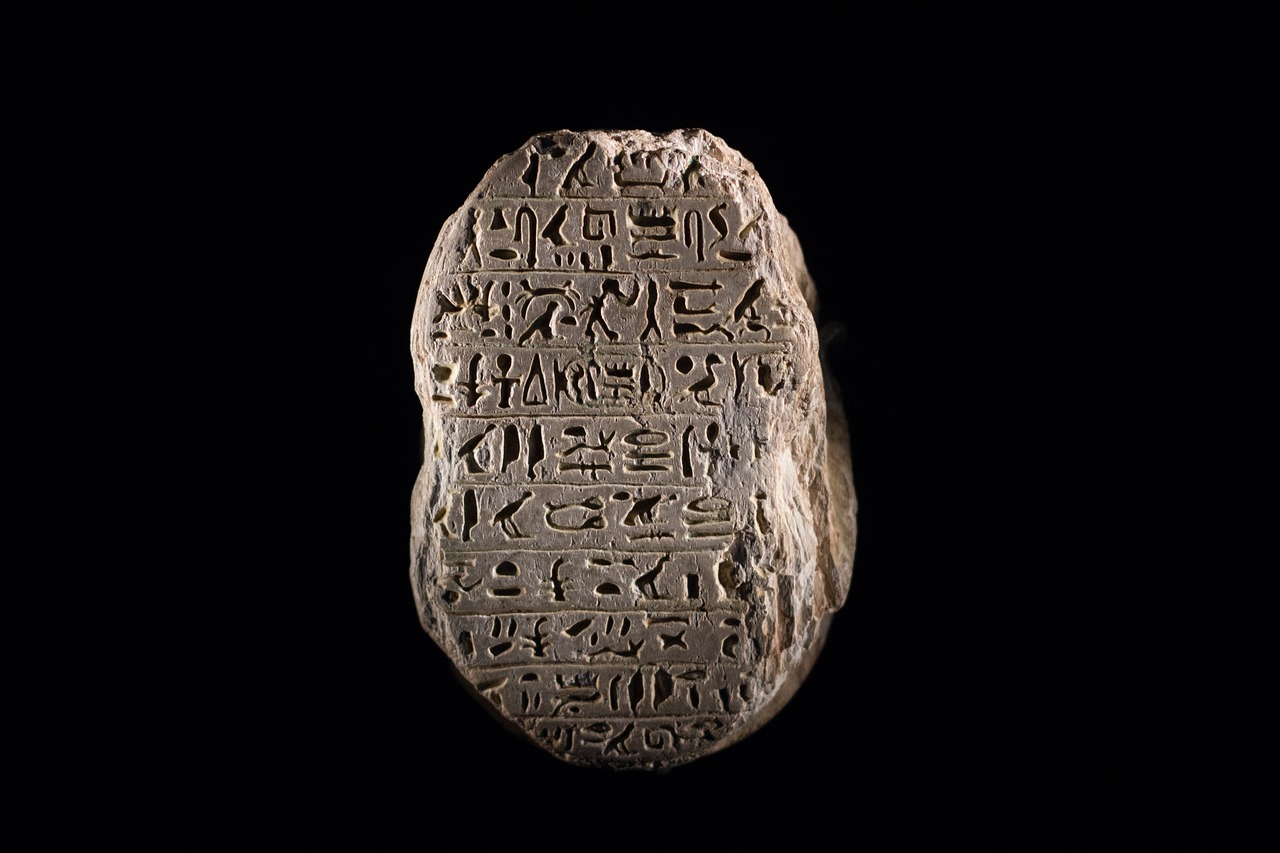
Osiris and Judgment
Osiris, the revered god of the afterlife in ancient Egyptian belief, played a pivotal role in the judgment of the deceased. According to Egyptian mythology, Osiris presided over the Hall of Ma'at, where the hearts of the departed were weighed against the Feather of Truth. This symbolic weighing of the heart determined the righteousness of the individual during their lifetime. If the heart was lighter than the feather, the deceased was deemed pure and worthy of entering the eternal paradise of the afterlife. However, if the heart was heavy with sin and guilt, it would be devoured by the fearsome monster Ammit, condemning the soul to oblivion.
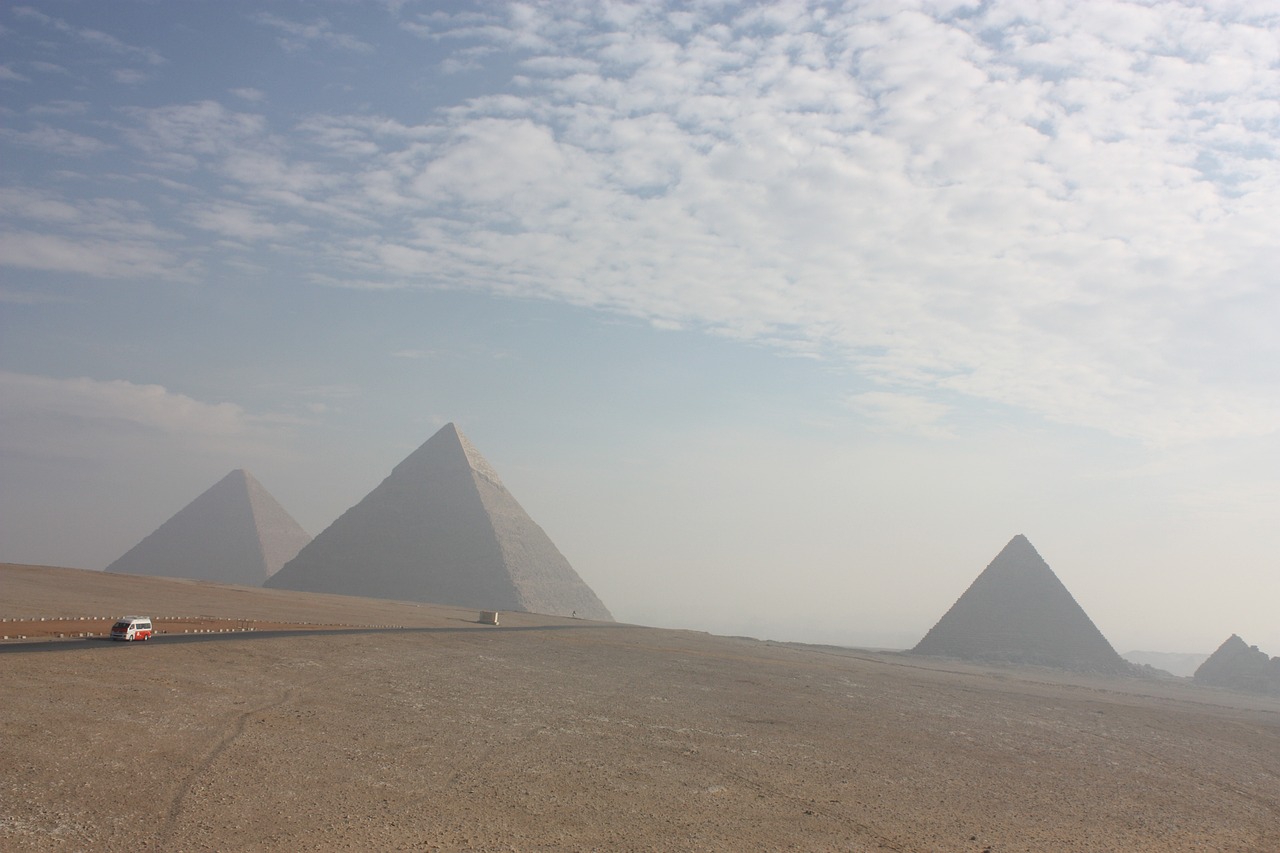
Pyramids and Tombs
The pyramids and tombs of ancient Egypt stand as monumental testaments to the civilization's beliefs in the afterlife. These majestic structures, particularly the iconic pyramids, were constructed as eternal resting places for pharaohs and nobles, filled with treasures and necessities essential for their journey into the afterlife. The grandeur and scale of the pyramids reflect the importance placed on the afterlife by the ancient Egyptians, showcasing their advanced architectural and engineering skills. Inside these structures, elaborate burial chambers and passageways were adorned with intricate hieroglyphics and paintings, depicting scenes from the deceased's journey in the underworld.
The construction of pyramids was not merely a practical endeavor but a deeply spiritual and religious one. The shape of the pyramid was believed to symbolize the primordial mound from which the world was created, signifying rebirth and resurrection in the afterlife. The intricate design and alignment of the pyramids with celestial bodies also held astronomical significance, connecting the pharaohs with the gods and ensuring their eternal presence in the cosmos. Additionally, the elaborate tombs surrounding the pyramids housed not only the physical remains of the deceased but also provisions, furniture, and precious objects deemed necessary for the afterlife journey.
Moreover, the pyramids served as symbols of the pharaoh's divine authority and power, solidifying their status as god-kings who would continue to rule in the afterlife. The construction of these monumental structures required immense resources, labor, and organization, reflecting the centralized control and hierarchical structure of ancient Egyptian society. The intricate hieroglyphic inscriptions and reliefs found within the pyramids and tombs provided a glimpse into the religious beliefs, rituals, and mythologies of the ancient Egyptians, offering valuable insights into their worldview and cultural practices.
Overall, the pyramids and tombs of ancient Egypt not only served as elaborate burial sites but also as architectural marvels that embodied the civilization's profound beliefs in the afterlife. These monumental structures continue to captivate and intrigue people around the world, standing as enduring symbols of the ancient Egyptian civilization's rich heritage and spiritual legacy.
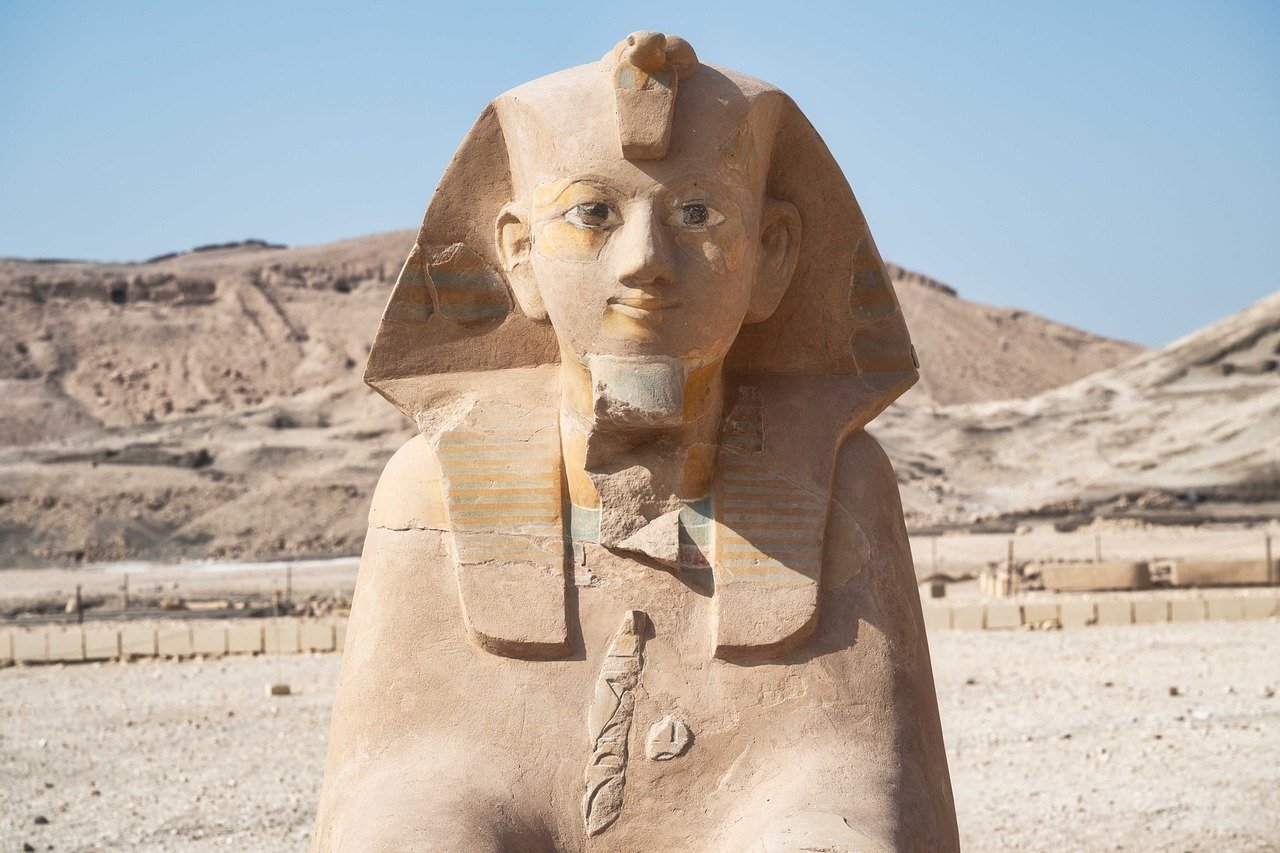
Offerings and Rituals
Offerings and rituals played a crucial role in ancient Egyptian beliefs surrounding the afterlife. The Egyptians believed that providing offerings to the deceased ensured their sustenance and well-being in the afterlife. These offerings ranged from food and drink to precious items and symbolic objects. The rituals performed by the living were seen as essential in maintaining a connection with the spirits of the deceased, honoring them, and ensuring their continued happiness.
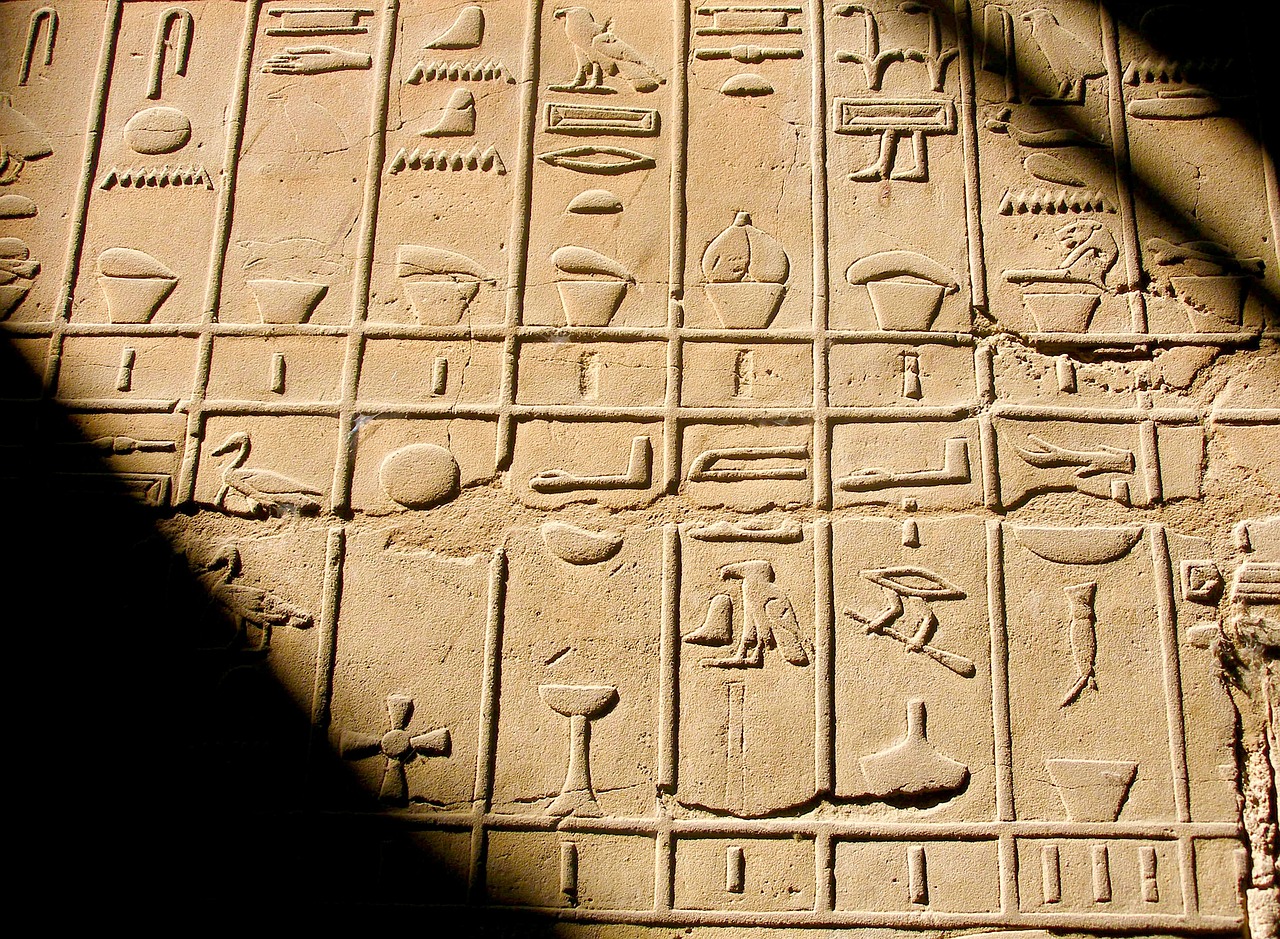
Funerary Art and Symbolism
The Funerary Art and Symbolism in ancient Egyptian culture held profound significance, offering a window into their beliefs about the afterlife. The walls of tombs and pyramids were adorned with intricate artwork that depicted various scenes related to the journey of the deceased into the next world. These artistic representations served not only as decorative elements but also as a guide for the soul in the afterlife.
One of the most common symbols found in funerary art is the ankh, which symbolizes life and immortality. Often depicted in the hands of deities or pharaohs, the ankh was believed to ensure eternal life in the afterworld. Additionally, the Eye of Horus was a powerful symbol of protection and good health, commonly seen in funerary art to ward off evil spirits and ensure the well-being of the deceased.
Another prevalent motif in ancient Egyptian funerary art is the Weighing of the Heart scene, where the heart of the deceased is weighed against the feather of Ma'at, the goddess of truth and justice. This symbolic ritual determined whether the soul was worthy of entering the afterlife or would face eternal punishment.
The use of colors in funerary art also held symbolic meanings. For example, the color blue symbolized fertility and rebirth, while gold represented the sun and the eternal nature of the soul. These vibrant colors not only added beauty to the artwork but also conveyed deeper spiritual messages about the journey of the deceased.
Furthermore, the intricate hieroglyphics found in tombs and pyramids were not merely decorative but served as a form of communication with the gods and a means of preserving knowledge for the afterlife. Each symbol and inscription held a specific meaning, guiding the soul through the challenges of the underworld and ensuring a successful transition to the realm of the dead.
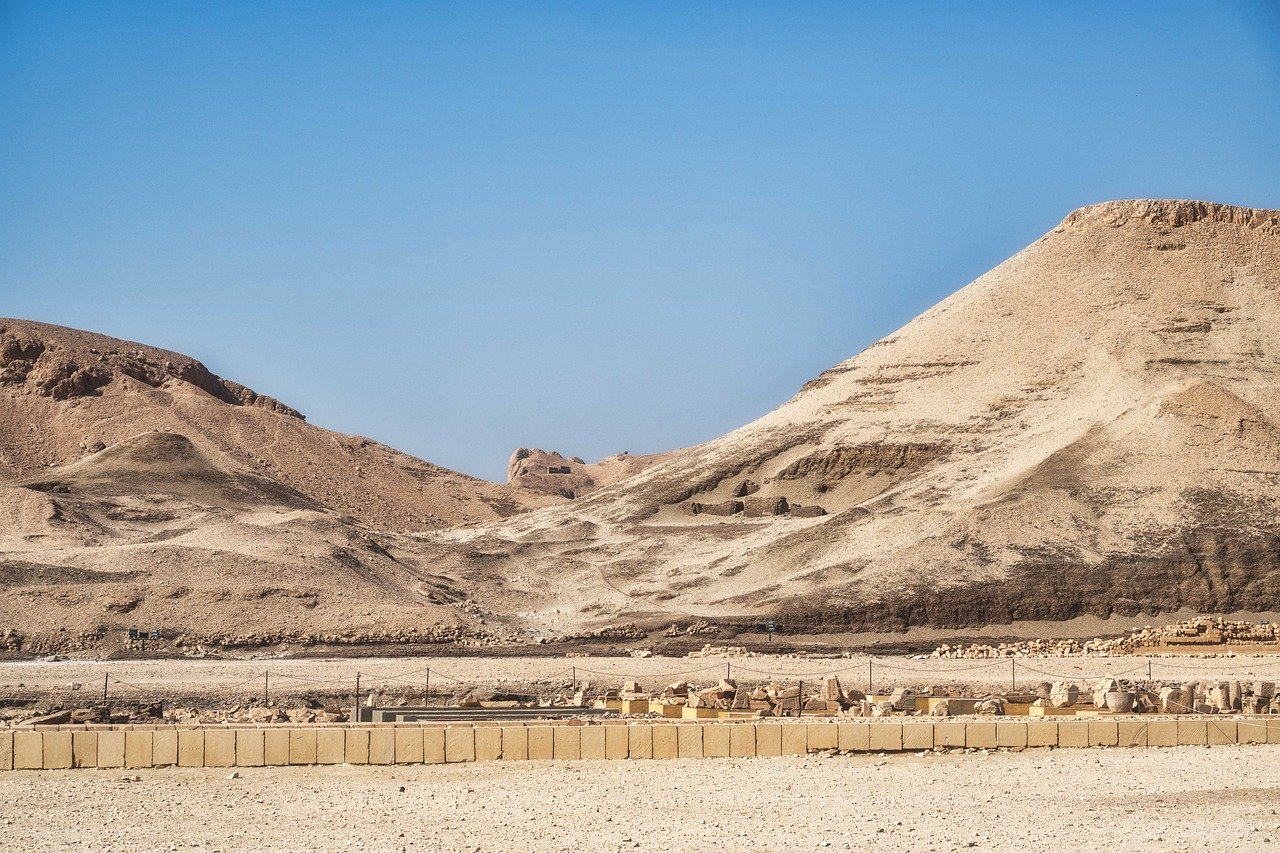
Legacy and Influence
Exploring the fascinating beliefs and rituals surrounding the afterlife in ancient Egypt, shedding light on the mysteries of mummification, burial practices, and the journey of the soul in the underworld.
Understanding the Egyptian belief in the dual nature of the soul, where the Ka represents the life force and the Ba the personality, essential for the afterlife journey.
Unveiling the significance of the Book of the Dead, a collection of spells and prayers guiding the deceased through the underworld, ensuring a successful transition to the afterlife.
Detailing the elaborate process of mummification, from the removal of organs to the wrapping of the body in linen, preserving the deceased for the journey to the afterlife.
Exploring the role of Osiris, the god of the afterlife and judge of the dead, in determining the fate of the deceased based on their actions in life.
Examining the significance of pyramids and tombs as eternal resting places for the pharaohs and nobles, filled with treasures and necessities for the afterlife.
Discussing the importance of offerings and rituals performed by the living to honor and sustain the spirits of the deceased in the afterlife, ensuring their well-being and happiness.
Analyzing the intricate funerary art and symbolism in ancient Egyptian tombs, depicting scenes of the afterlife journey and providing insights into their beliefs and customs.
Reflecting on the enduring legacy of ancient Egypt's afterlife beliefs, their influence on art, religion, and culture, and their continued fascination in modern times.
Frequently Asked Questions
- What is the significance of the Ka and Ba in ancient Egyptian beliefs?
The Ka and Ba represent the dual nature of the soul in ancient Egyptian beliefs. The Ka is the life force, while the Ba is the personality. Both are essential for the journey of the soul in the afterlife.
- What is the Book of the Dead and why is it important?
The Book of the Dead is a collection of spells and prayers that guide the deceased through the underworld, ensuring a successful transition to the afterlife. It is crucial for providing the necessary guidance and protection for the soul's journey.
- How was the mummification process carried out in ancient Egypt?
The mummification process in ancient Egypt was a complex and elaborate procedure involving the removal of organs, preservation of the body with natron salts, and wrapping in linen bandages. This process aimed to ensure the preservation of the body for the afterlife journey.
- Who was Osiris and what role did he play in the afterlife beliefs?
Osiris was the god of the afterlife and the judge of the dead in ancient Egyptian mythology. He played a crucial role in determining the fate of the deceased based on their actions in life, symbolizing rebirth and regeneration.
- Why were pyramids and tombs significant in ancient Egypt?
Pyramids and tombs served as eternal resting places for pharaohs and nobles in ancient Egypt. They were filled with treasures and necessities for the afterlife journey, reflecting the belief in the continuation of life after death.
- What is the importance of offerings and rituals in ancient Egyptian afterlife beliefs?
Offerings and rituals performed by the living were crucial to honor and sustain the spirits of the deceased in the afterlife. These practices ensured the well-being and happiness of the deceased in the afterlife realm.
- How did funerary art and symbolism reflect ancient Egyptian beliefs?
Funerary art and symbolism in ancient Egyptian tombs depicted scenes of the afterlife journey and provided insights into their beliefs and customs. These intricate artworks offered a glimpse into the spiritual and cultural significance of the afterlife for the ancient Egyptians.
- What is the enduring legacy of ancient Egypt's afterlife beliefs?
Ancient Egypt's afterlife beliefs have had a lasting impact on art, religion, and culture. Their influence can be seen in various aspects of modern society, showcasing the enduring fascination with the mysteries of the afterlife in ancient Egypt.



















